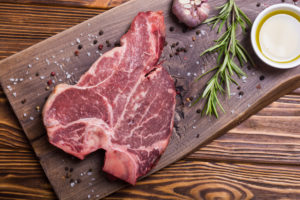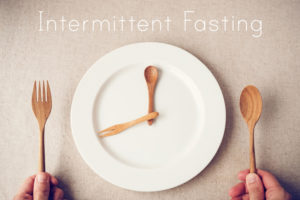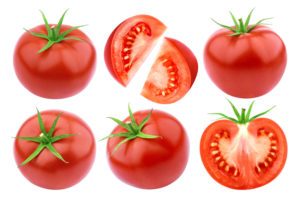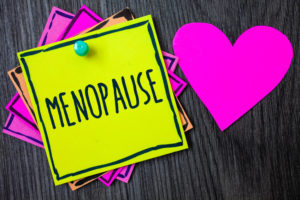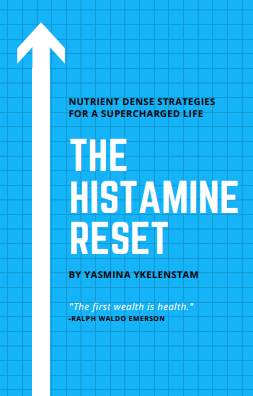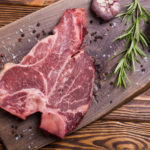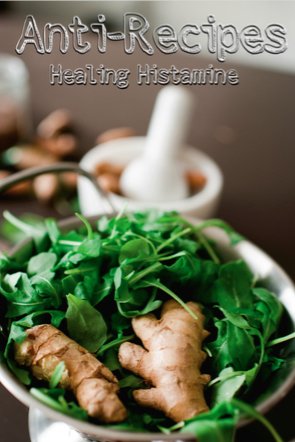
Research tells us that cannabidiol found in marijuana may help prevent mast cells from releasing histamine into the blood stream as well as generally preventing inflammation. Mast cells are a component of the white blood cell (immune) system. They contain histamine and other inflammatory agents. When stimulated by stress, allergens, bacteria, viruses and others, mast cells release histamine and other inflammation into the blood stream. When this is chronic we experience symptoms of excess histamine/inflammation, allergies, and other inflammatory disorders.
This post has been a long time coming. Not a day goes by that I don’t receive an email from someone telling me that marijuana has improved their mast cell/histamine intolerance symptoms. My own experiences with it had not been so favourable and I allowed it to colour my view on the topic despite all the wonderful (some anecdotal) news on it helping treat autoimmune disorders and cancer. Being in Los Angeles for the last two months where I’m surrounded by people working in the medical marijuana industry has prompted me to finally buckle down and see what’s the deal with all this.
To be clear, I’m not interested in using it for anything other than its anti-inflammatory properties. Therefore for the purposes of this article I’m covering studies using cannabidiol (CBD), a non-psychoactive compound derived from marijuana. Tetrahydrocannabidiol (THC) is the stuff that gets you high.
CLICK HERE TO LEARN HOW TO CREATE YOUR OWN CUSTOMISED HISTAMINE BALANCED DIET.
Here’s an interesting one for you. Our brain has receptors for cannabinoids, which are found in marijuana and other non-psychoactive plants. A study published in the Journal of Allergy and Immunology finds that stimulating the brain’s cannabinoid 1 receptor (CB1) may be useful in managing allergies and skin diseases (meaning rashes and eczema). CB1 receptor stimulation and inhibition were directly linked to mast cell activity.
A study appearing in the journal Pulmonary pharmacology & therapeutics found that cannabidiol (CBD) reduced airway obstruction caused by raw egg white (in guinea pigs). Ovalbumin, as uncooked egg white is referred to in these studies, is a known mast cell trigger and histamine liberator. It’s used to cause inflammation and histamine release so that they can study how to reverse it.
Authors of a study published in the journal Biochemistry found that cannabinoid stimulation of the CB1 receptor prevented mast cell degranulation, which is the process in which they release histamine inflammation into the blood stream.
Living in a country where cannabis is illegal? A study published in the Journal of Endocrinology tells us that unnecessary activation of mast cells is a bad thing that occurs regularly in inflammatory diseases like asthma, arthritis, inflammatory bowel disorders (IBS) and others. Many of us with histamine intolerance and mast cell activation commonly experience symptoms associated with these disorders and others, but rarely have positive test results for them. The study authors reviewed a number of cannabinoid-like compounds (meaning similar in structure but derived from other, presumably legal, sources) and found them to be possibly useful in the treatment of inflammatory disorders. Wikipedia tells us that cannabinoids are found in echinacea and other plants.
There’s always a downside though and that’s the allergenicity of marijuana. It’s a pollinating plant so please exercise caution and as always, always consult with your doctor, because I’m certainly not one!
As I’m not in it for the high, my personal preference is to eliminate the psychoactive THC and go with a pure CBD oil or vapouriser. I’ve done both of those and am suitably impressed with the results and will continue looking for a customised option that’s organic, not highly refined and suitable for my needs. I’ll be sharing the info as soon as I’ve located one.
In the meantime I’d love to hear your experiences.
You’ll find recipes full of foods with antihistamine and anti-inflammatory properties my books Anti-Recipes and The Anti-Cookbook
CLICK HERE TO CREATE YOUR OWN PERSONALISED HEALING HISTAMINE PLAN.
REFERENCES
Dudášová, A., S.d. Keir, M.e. Parsons, A. Molleman, and C.p. Page. “The Effects of Cannabidiol on the Antigen-induced Contraction of Airways Smooth Muscle in the Guinea-pig.” Pulmonary Pharmacology & Therapeutics 26.3 (2013): 373-79. Web.
Small-Howard, Andrea L., Lori M. N. Shimoda, Chaker N. Adra, and Helen Turner. “Anti-inflammatory Potential of CB1-mediated CAMP Elevation in Mast Cells.” Biochem. J. Biochemical Journal 388.2 (2005): 465-73. Web.
Filippis, D. De, A. D’Amico, and T. Iuvone. “Cannabinomimetic Control of Mast Cell Mediator Release: New Perspective in Chronic Inflammation.” Journal of Neuroendocrinology 20.S1 (2008): 20-25. Web.
Filippis, D. De, A. D’Amico, and T. Iuvone. “Cannabinomimetic Control of Mast Cell Mediator Release: New Perspective in Chronic Inflammation.” Journal of Neuroendocrinology 20.S1 (2008): 20-25. Web.
Wikipedia. Wikimedia Foundation, n.d. Web. 12 Oct. 2016.


